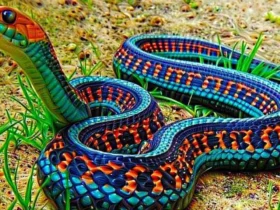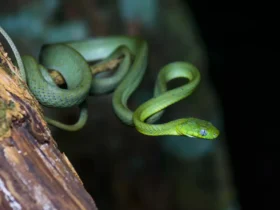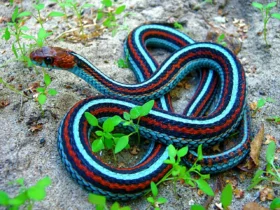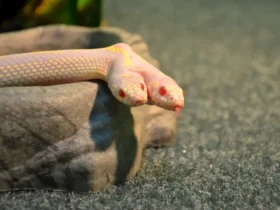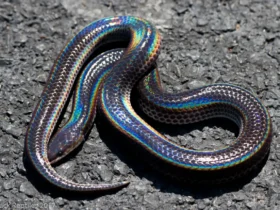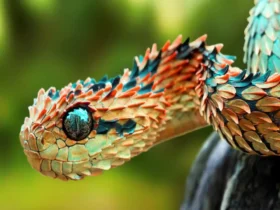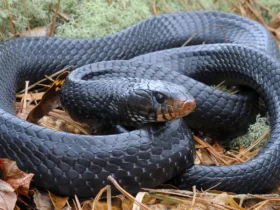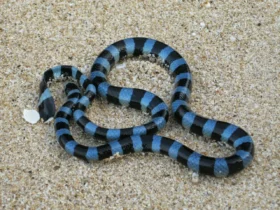This article provides details to help you explore the giant rattlesnake den in Montana, a nightmare for many that will send shivers down your spine.
The giant rattlesnake den in Montana, located in the western United States, always brings nightmares to people who wish to explore this landmark. To provide readers with intriguing discoveries about the terrifying giant rattlesnakes, this article will compile experiences and tips for exploring the giant Montana rattlesnake den.
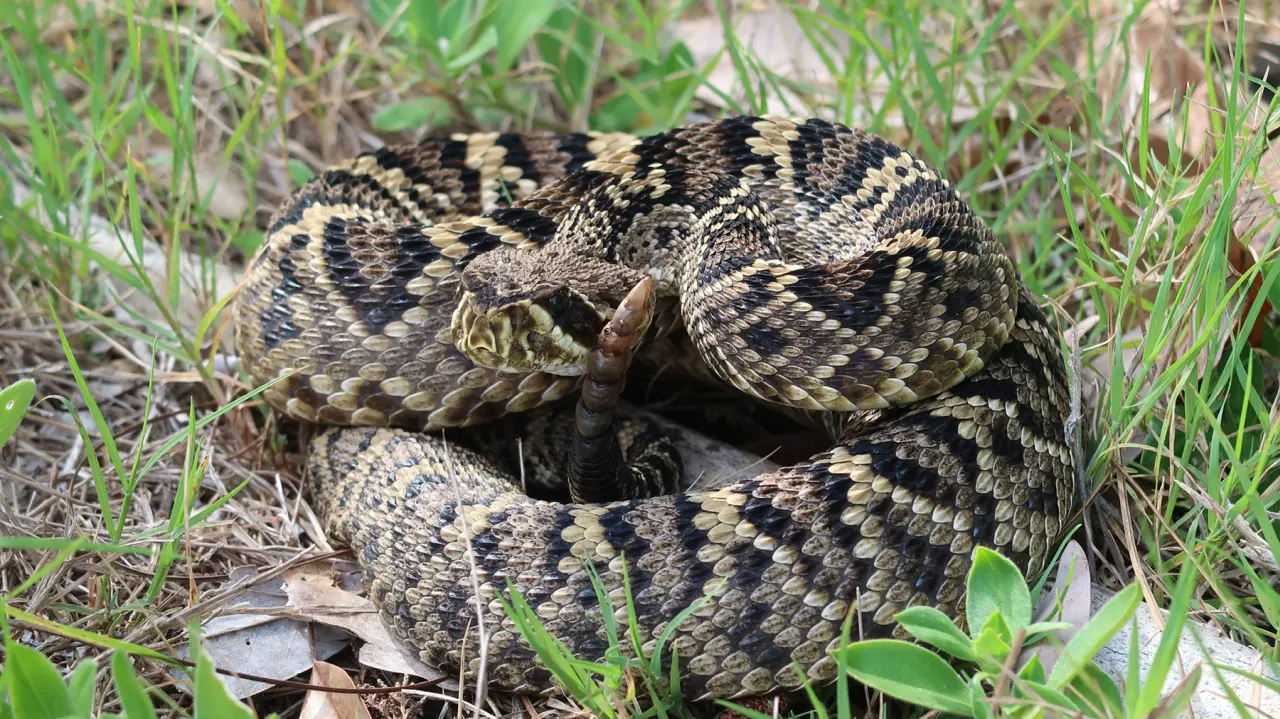
Where do rattlesnakes typically appear in Montana?
Montana is a beautiful state in the western United States known for its vast and stunning landscapes, as well as being home to various wildlife species. Among them, the rattlesnake is a familiar wild animal in this region.
The rattlesnake is a venomous snake species and most commonly found in the eastern and southeastern parts of Montana. This distribution can be attributed to the favorable climatic conditions and suitable habitats for this snake species, characterized by dry terrain and rocky areas.

Montana rattlesnakes prefer to live in dry and arid terrains, such as grasslands, barren lands, or foothill regions. Conversely, some species tend to favor habitats near water sources, such as rivers or streams. Many giant rattlesnake dens have been discovered in Montana.
Makoshika Park is a popular habitat for rattlesnakes
One of the most prominent locations where rattlesnake dens are found in Montana is Makoshika State Park. This eerie park is located in the eastern part of the state, characterized by common landscapes of arid lands and grasslands, which provide an ideal habitat for several snake species, including rattlesnakes.
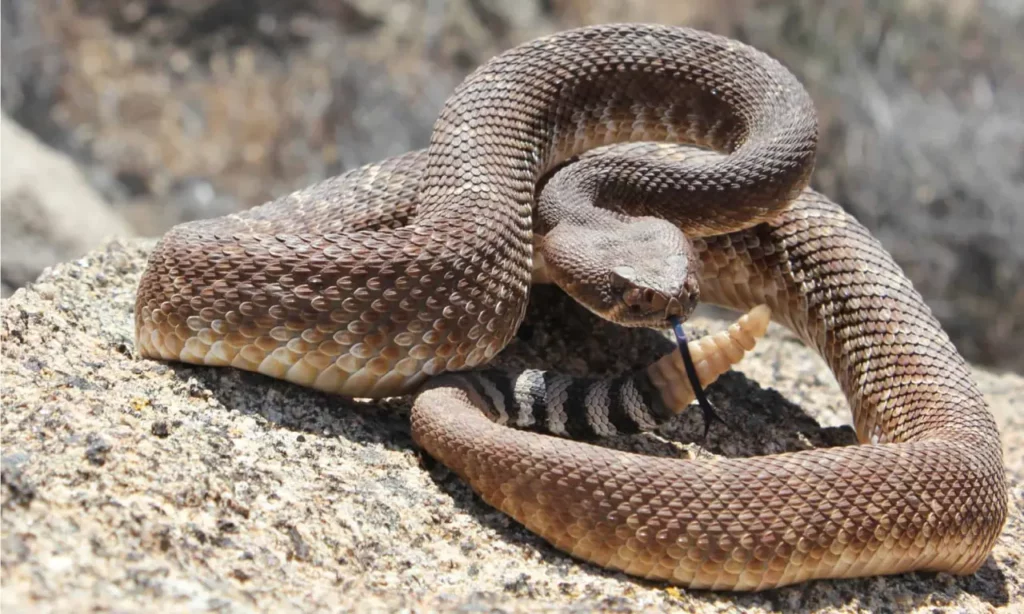
Therefore, visitors who wish to explore Makoshika State Park should exercise extreme caution when hiking or exploring the beautiful surroundings, as rattlesnakes can hide in rocks or tall grass. They can be encountered anywhere within the park grounds. The giant rattlesnake dens are most frequently found in Makoshika State Park in Montana.
The Pryor Mountains is a place where rattlesnakes live.
Another easily accessible location to find rattlesnake dens in Montana is the Pryor Mountains, located in the southeastern part of the state. The rugged terrain of this mountain range serves as a habitat for various wildlife, including rattlesnakes.
When visiting this area, it is important for tourists to be aware of the high likelihood of encountering rattlesnakes and take necessary precautions to avoid getting too close to them, as they can be highly dangerous.
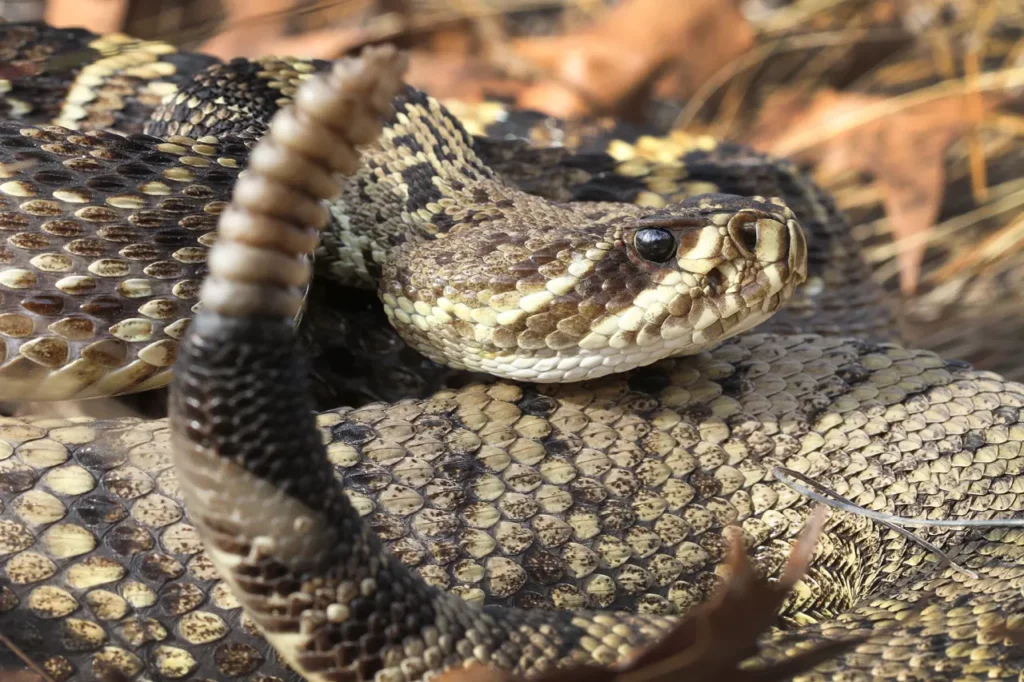
However, there is no need to be overly concerned. One particular aspect to note is that while rattlesnakes and their large dens are commonly found in Montana, actual encounters or attacks that pose a threat to humans are rare.
Is the density of giant rattlesnake dens in Montana widespread?
In summer weather conditions, most snake species, including rattlesnakes, are solitary creatures. They tend to disperse widely in search of food and suitable hiding places.
However, as winter approaches, they tend to live in groups. They seek each other out in their dens, forming large-scale colonies of several dozen individuals, where they can live together, aid in survival, and endure harsh winter conditions. While such large dens are rare to encounter, rattlesnakes typically exhibit communal living arrangements during the winter season.
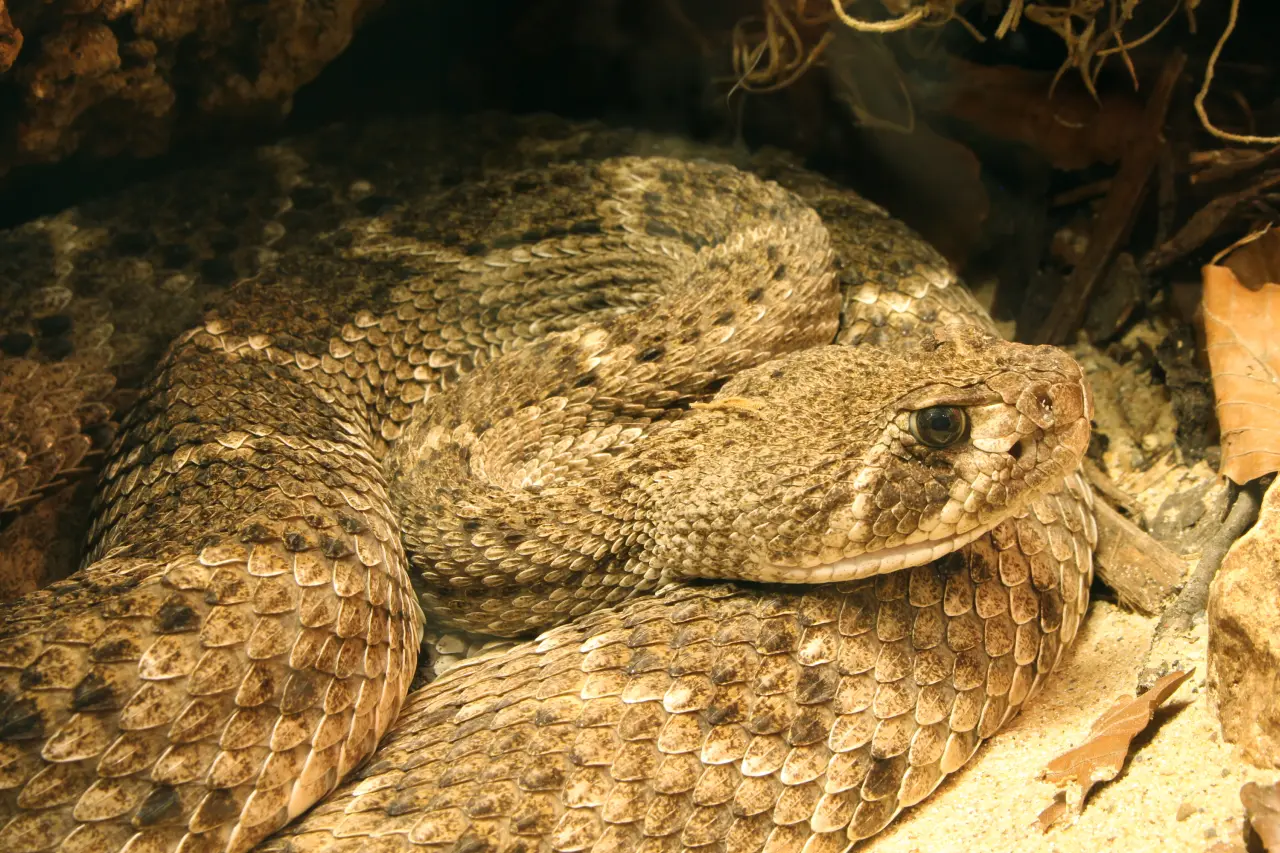
Most of the time, we usually come across small dens with only a few snakes rather than a large gathering. However, there are still cases where we encounter a large den with a population of several dozen rattlesnakes.
The explanation for this can be attributed to the high number of rattlesnakes in the area, combined with the environmental conditions that allow a large group of rattlesnakes to come together and coexist in a spacious cave.
Some key characteristics of the giant Montana rattlesnake species include:
Giant rattlesnakes in Montana belong to the North American rattlesnake species. They are known for being cold-blooded and often live in large groups in large-sized dens, exhibiting the following main characteristics:
- Large reptile species: The rattlesnake is a large reptile species that can reach lengths of 1 to 8 feet, with a triangular-shaped head, and black eyes. Particularly, they have a distinctive rattling sound at the end of their tail, resembling the sound of a bell, which is why they are called rattlesnakes.
- Color diversity: Montana rattlesnakes exhibit a wide range of colors and patterns, although they all share the common feature of having patterned skin.
- Cold-blooded nature: Rattlesnakes in Montana are cold-blooded creatures. They cannot survive the harsh, freezing weather if they cannot find safe prey to eat during the cold winter.
- Group living behavior: This snake species tends to live together in dens. It is easy to find dozens of rattlesnakes hiding carefully inside cracks or large holes on the ground in confined spaces in Montana.
- Ten different species: Research indicates that there are up to 10 different species of rattlesnakes in Montana.
- Only one venomous species: Out of the ten known rattlesnake species in Montana, only one is venomous, known as the Prairie Rattlesnake or Western Rattlesnake. However, rattlesnakes still evoke fear, and people in the area are cautious about encountering these giant snakes while enjoying outdoor activities.
- Not inherently aggressive and dangerous: According to statistics from the past 8 years, there have been only five to six reported cases of rattlesnake bites in Montana, totaling 45 bites, and there have been no recorded fatalities.
- Gentle and timid nature: There have been videos documenting close encounters of humans exploring rattlesnake dens in Montana with dozens of snakes in small caves. However, what surprises viewers the most is that none of the rattlesnakes in the videos bite the person filming. They tend to escape and slither away from the camera, leading to the observation that these snakes are timid and more afraid of humans than humans are afraid of them.
- Preferred prey: Rattlesnakes have a preference for small animals and amphibians as their prey. Like other snake species, they prefer to be solitary, allowing them to relax under the sun or hunt for their preferred prey alone.
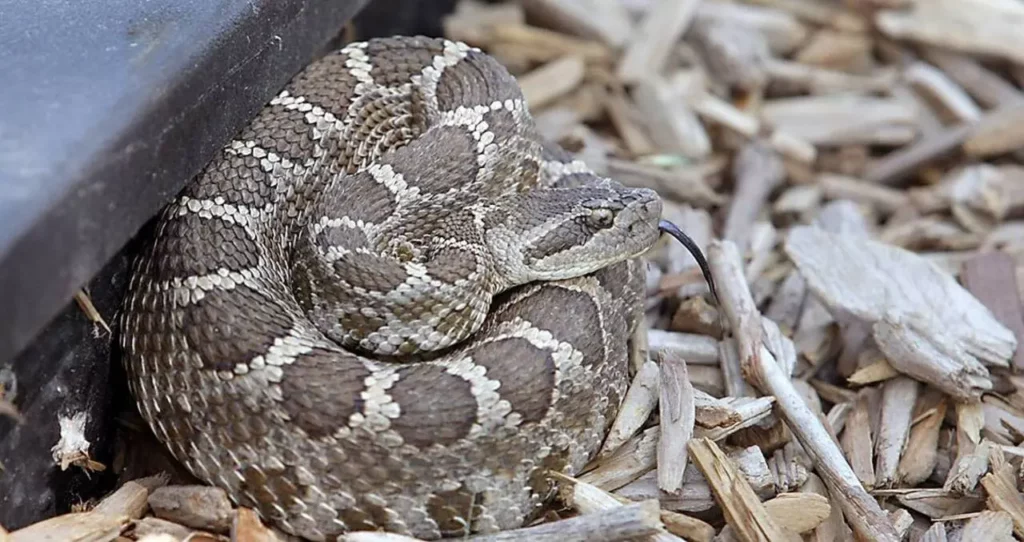
Although the venom of Montana’s rattlesnakes is considered dangerous to humans, they generally do not intend to harm us. Typically, these snakes only attack when they feel threatened, disturbed, or need to defend themselves.
In conclusion, this article has provided readers with insights into Montata, the habitat of the giant rattlesnake species, with its large caves. Hopefully, this information has been helpful. Visit our website to discover more fascinating facts about the diverse world of living creatures!
